Over the years, the government has taken significant steps to strengthen the agriculture sector with proven farming technologies and supportive policies. The recent expansion of digital technology in farming will accelerate growth by ensuring higher yields and sustainability by reducing water consumption and agrochemicals.
Digital technologies including AI & ML, remote sensing, big data, blockchain, and IoT are remaking agri value chains and streamlining operations. The future adoption of digital agriculture in India is expected to be nurtured under the Public-Private Partnership (PPP) model.
Initiatives under Indian Digital Agriculture
The Union Minister of Agriculture & Farmers Welfare declared the Digital Agriculture Mission 2021–2025 to forward digital agriculture through pilot projects in Sept 2021. The mission aims to support projects using drones and robots based on new technologies, like AI, blockchain, remote sensing & GIS technology.
- AI-Sowing App, developed by Microsoft in collaboration with ICRISAT, advises the farmers regarding the optimal date of seed-sowing. The farmers neither need to install any sensor nor incur any capital investment on their farm.
- NITI Aayog and IBM have partnered to develop an AI-based crop yield prediction model for predictive insights that helps to improve crop productivity, soil quality, control agricultural inputs, and early warning on disease outbreaks. The data will be sourced from ISRO, the existing soil health card database, Indian Meteorological Department’s weather prediction, etc., to give precise and punctual advisory to farmers.
- “Blue River” project has created an ML-based computer vision that will help farmers to reduce the use of fertilizers and pesticides by spraying only where and when needed, maximizing the use of farm inputs.
Future of Indian Digital Agriculture
Technological interventions based on remote sensing, soil sensors, drones and market insights, etc., permit farmers to gather, visualize and assess crop and soil health conditions at different stages of production in a convenient and cost-effective approach.
Implementing these specialized solutions enables dependable managing and monitoring of farms. Farmers can act accordingly when they get a complete digital analysis of farms in real-time. A few significant benefits are mentioned below.
- Increases agriculture productivity and lowers production cost
- Constrains soil degradation
- Reduces chemical application
- Promotes adequate and efficient use of water resources
- Uplifts socio-economic positions of farmers
- Reduces environmental impacts
The main factor behind the slow acceptance of digital farming in India is the dominance of dissociated small-holder farms in the country that complicates data gathering. Thus, a custom approach would be required to execute digital agriculture to a typical small Indian farm. The measures could include low-cost technology, plug and play portable hardware, renting & sharing platforms for agriculture equipment and machinery, and academic support to train the farmers with digital adoption.
Conclusion
The future of all sectors, including agriculture, is Digitization in the current economy. Ease of use, accessibility, and popularisation of benefits to the farmers who quickly learn and appreciate the help is the last mile in digitization. The government should spend time & money socializing the digitization benefits, and the Indian private sector should join forces in which the nation’s leading software companies can benefit.
Sources: http://www.businessworld.in/article/Digitisation-In-Agriculture-A-Necessity-For-India/27-01-2021-370573/
https://www.ibef.org/blogs/digital-agriculture-the-future-of-indian-agriculture

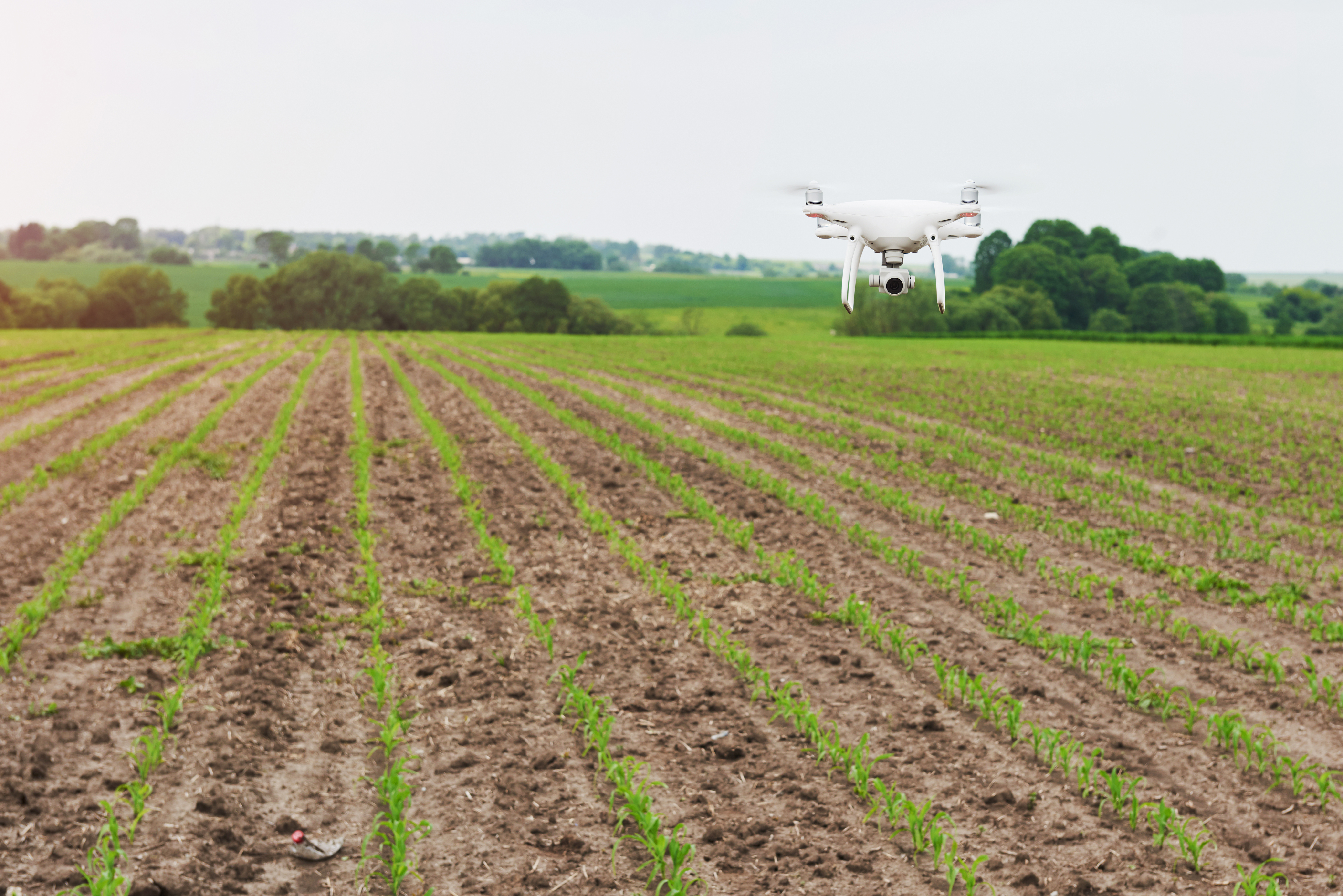
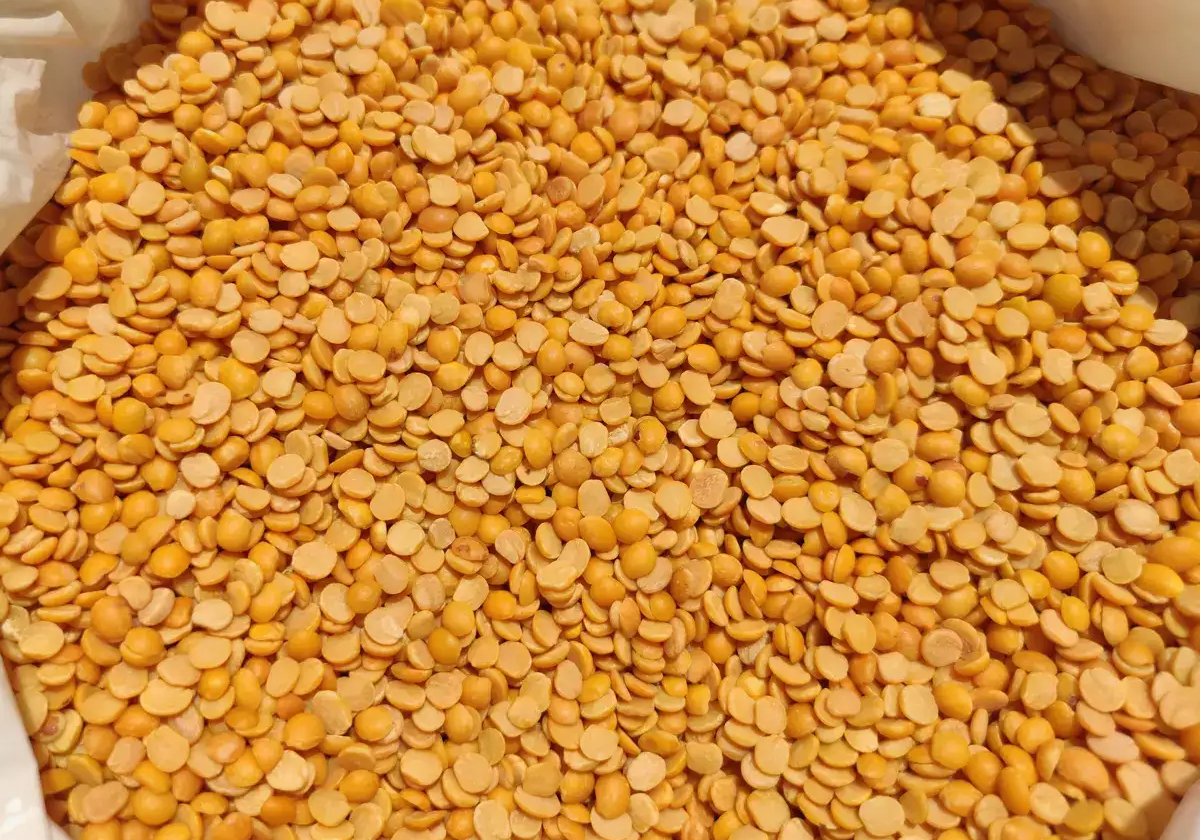

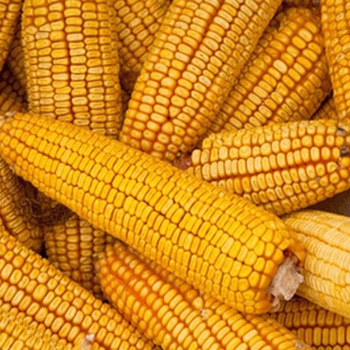
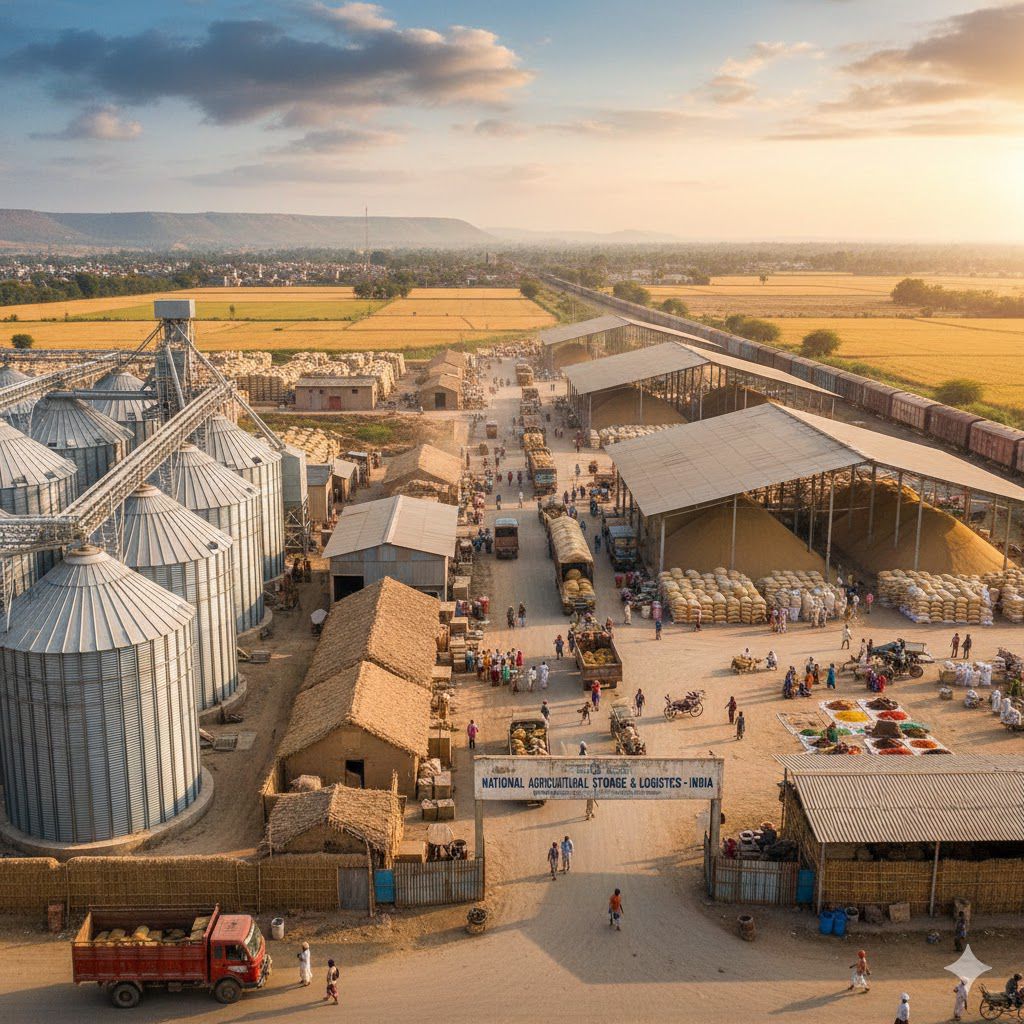

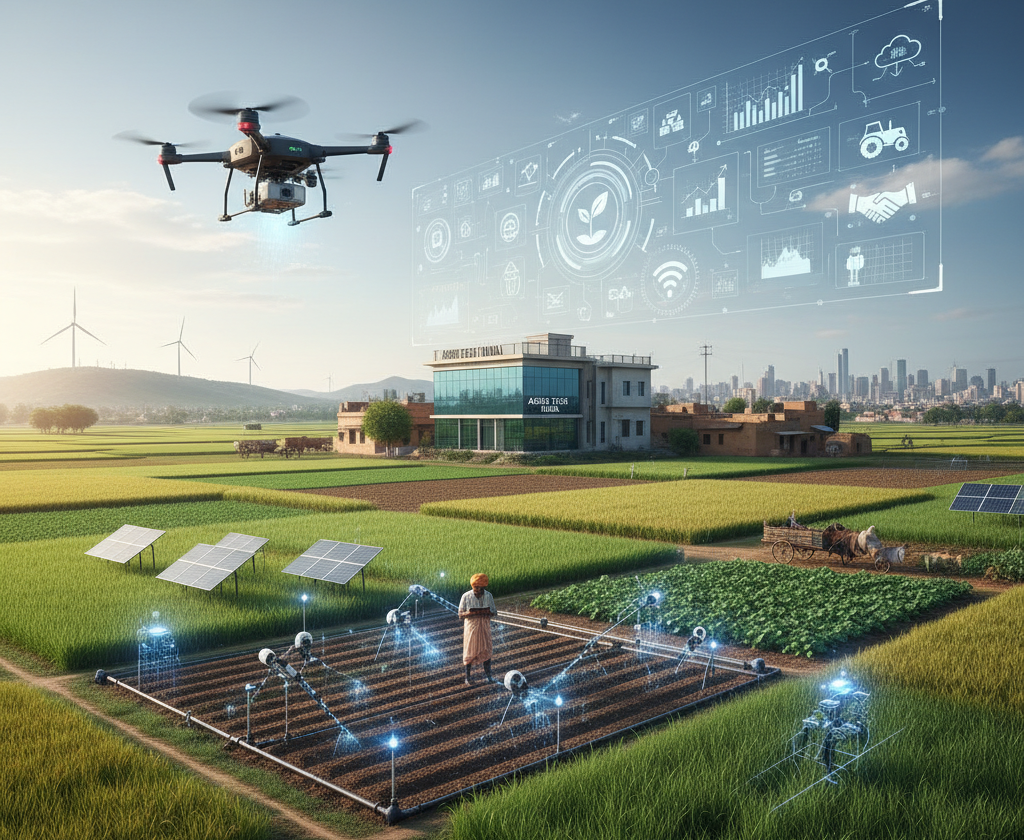
 Connect With Us
Connect With Us